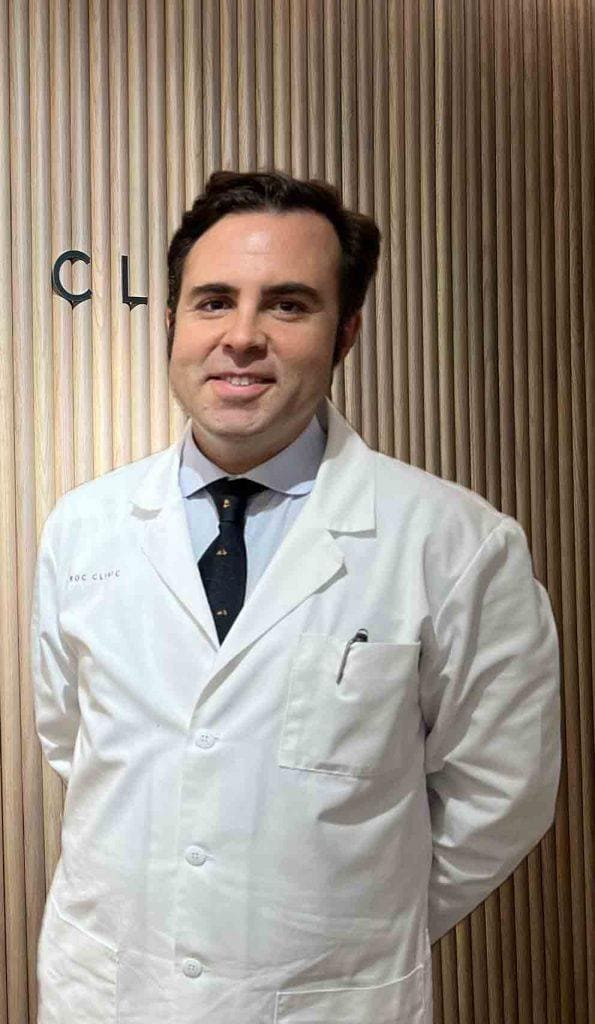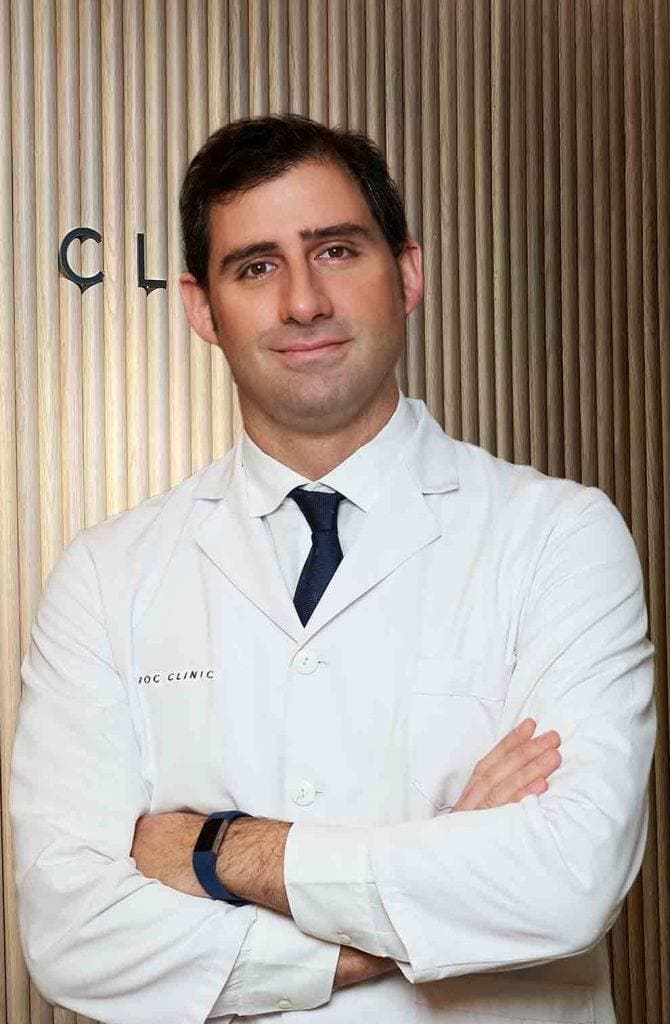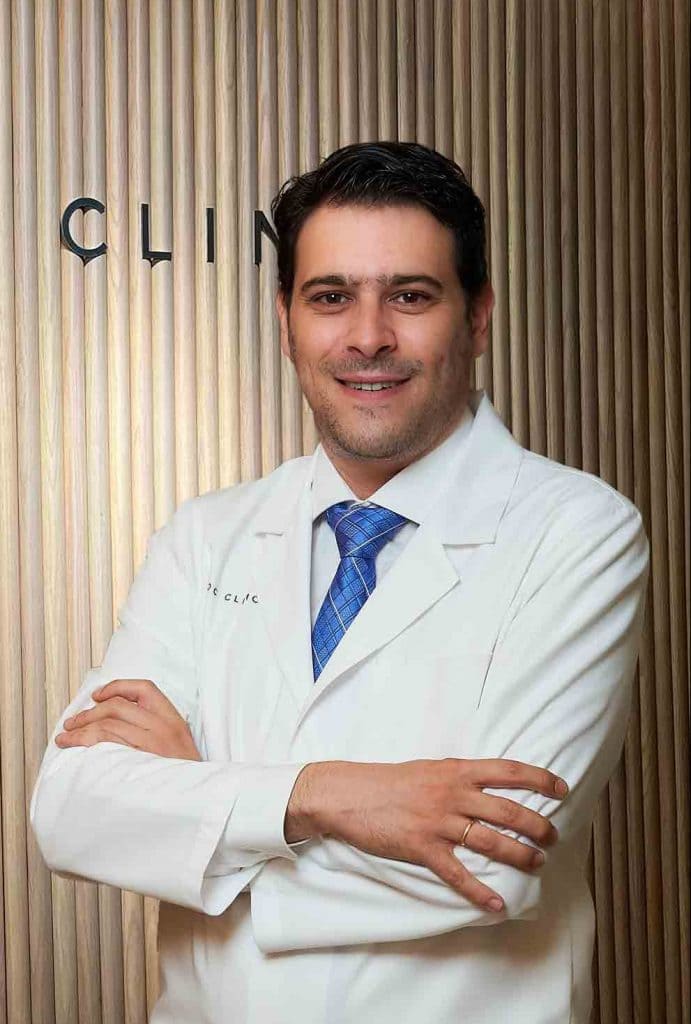Treatment Penile Cancer
Penile cancer is very aggressive. It requires a multidisciplinary team and the most advanced technology to achieve the best solution.
Early diagnosis is the most important weapon for a good prognosis of penile cancer.Therefore, any abnormality in the penis should be treated by a urologist for early diagnosis and treatment. Up to 80% of men with penile cancer can be cured, but only in the early stages of the disease.
- Super-specialized urologists
- Personalized treatment
- Minimally invasive approach
- More than 16,000 patients successfully treated
Treatment of penile cancer
Early diagnosis is the most important weapon for a good prognosis of penile cancer.Therefore, any abnormality in the penis should be treated by a urologist for early diagnosis and treatment. Up to 80% of men with penile cancer can be cured, but only in the early stages of the disease.
The choice of treatment will depend on several factors:
- The type and stage of the cancer.
- Patient's age
- Other health problems you may have
- Your opinions about the treatment and the side effects or long-term changes it causes.
Topical treatment
Incipient penile tumors can sometimes be treated topically with 5-fluoruracil or imiquimod, or complete excision of the tumor by CO2 or Nd:Yag laser. Local treatment of penile cancer is performed on small cancers that have not spread beyond the skin, so that the rest of the penis and nearby tissues are not affected.
In this initial phase, the procedure can be performed under local anesthesia, leaving almost no scarring.
Surgery
In more advanced localized cases, complete surgical excision of the lesion plus postoctomy (circumcision) is necessary, although sometimes radical laser treatment can be continued. In many cases cosmetic reconstruction will be necessary after treatment.
As an alternative, radiation therapy is viable. Radiation uses high-energy rays, such as x-rays, to kill cancer cells. This can be directed to the penis and/or lymph nodes from a machine outside the body (external beam radiation). It can also be delivered by placing a radioactive source inside or next to the tumor (brachytherapy).
On the contrary, when the disease is more advanced, it is necessary to apply more aggressive treatments: from a glandectomy or a partial penectomy to a total penectomy.
In partial penectomy, the tumor is removed along with a rim of normal tissue. In total penectomy, the entire penis is removed. The surgeon reroutes the urethra behind the testicles and a urethrostomy (hole) is created so that the patient can urinate.
Lymphadenectomy
In cases where lymph node involvement is suspected, lymphadenectomy (removal of the lymph nodes) is crucial because tumor recurrence in the lymph nodes dramatically affects the prognosis. The extent of lymphadenectomy depends on the characteristics of the tumor and the data from the biopsy and complementary examinations.
Subsequently, it will be necessary to consider cosmetic reconstruction of the penis. As in the previous situation, radiotherapy is also feasible.
Chemotherapy
Chemotherapy is a very useful tool in locally advanced or poor prognosis patients. Chemotherapy is delivered intravenously in cycles or rounds and spread throughout the body. Each treatment series is followed by a rest period.
Due to the aggressiveness of penile cancer treatment, it is necessary to have reconstructive surgical options available to reduce the cosmetic and emotional impact after treatment without compromising healing. To provide the best possible treatment for penile cancer, not only in terms of cure but also in the reconstructive aspect, we have a team of uro-oncologists, oncologists, and urologists who are experts in reconstruction. Only multidisciplinary work allows us to achieve the best results in such a complex disease that affects so intensely the men who present it.
They ask us in the Consultation
I have a spot on my penis, can it be cancer?
It is highly unlikely, but we advise you to have it checked to be sure.
Is it possible to have cancer in the penis?
Although rare, it is possible to have penile cancer. If you have a spot on your penis that does not go away or a non-painful lump, it is advisable to consult a urologist.
I am going to have a penile biopsy, does it hurt a lot?
No, it is done with local anesthesia and does not hurt. Afterwards you may have some discomfort, but it is much less than you imagine.
If I have penile cancer, will my penis have to be amputated?
The surgeon will try his best to make sure that this is not the case, with conservative treatments and surgeries.
Team of the Penile Cancer Unit
Newsof ROC Clinic in Penile Cancer
Research
Early penile metastasis as the first sign of urothelial carcinoma spread


 +34 912 627 104
+34 912 627 104 Contact
Contact














